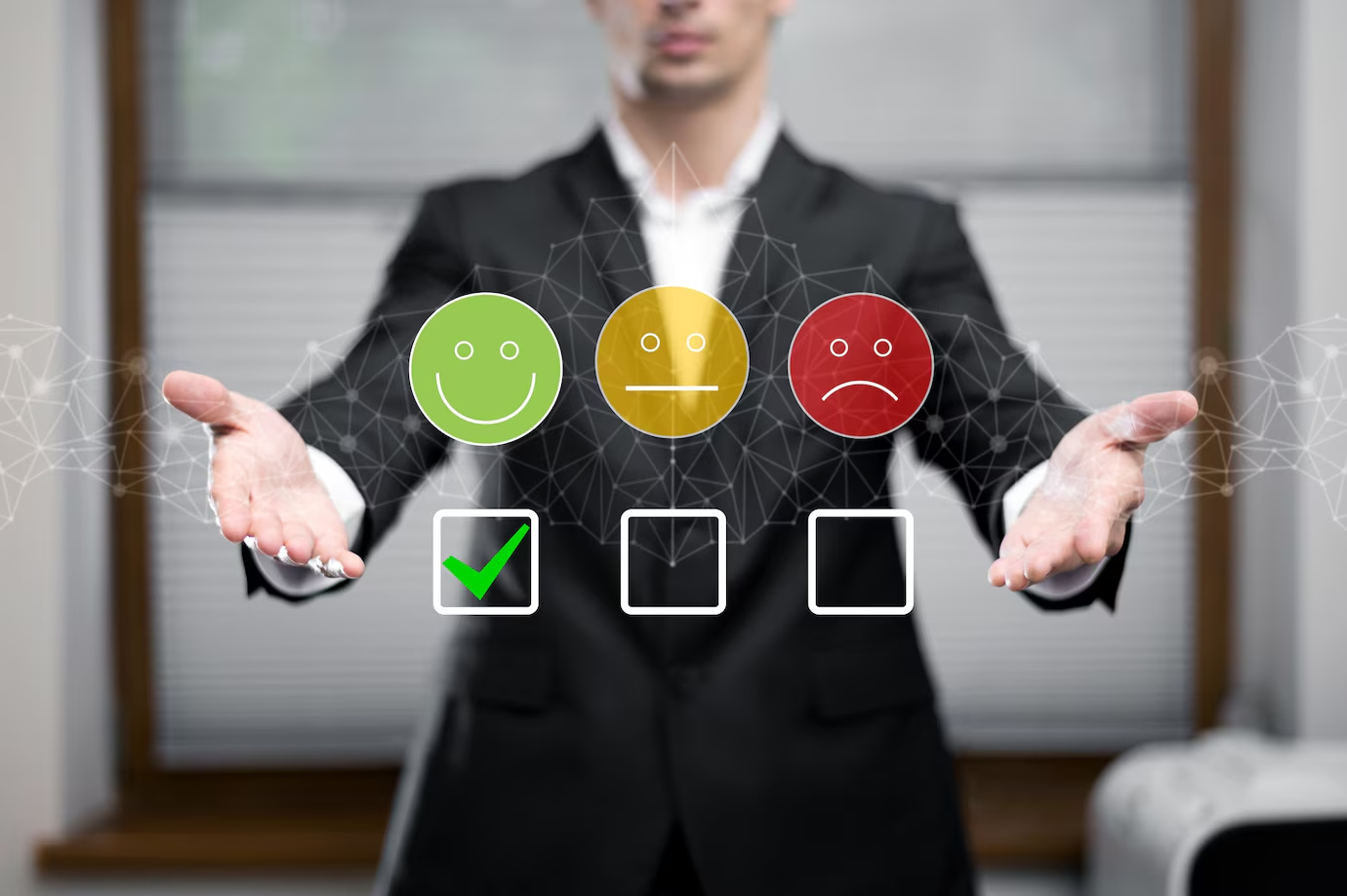Rethinking Retention in a Competitive Landscape
Customer retention has become one of the most strategic focus areas for businesses aiming to achieve sustainable growth. One bad experience—or even a lack of connection—can send them looking elsewhere. And while gaining new customers is important, keeping the ones you already have is what drives real, long-term growth.
Successful retention today lies in the ability to be consistent and relevant. That means combining automation to streamline communications and personalization to ensure every message resonates.
What Is a Customer Retention Strategy?
A customer retention strategy refers to a structured approach for keeping existing customers engaged, satisfied, and loyal over time. While it may include traditional tools such as loyalty programs or follow-up emails, the most effective strategies today are those that proactively respond to customer behavior and deliver value beyond the transaction.
Rather than focusing solely on acquisition, businesses that prioritize retention benefit from increased customer lifetime value, reduced churn, and improved brand advocacy.
The Power of Automation and Personalization
1. Automation ensures scalability and consistency
Automated workflows reduce manual effort and ensure timely communication. Whether it’s a follow-up message after a purchase or a reminder based on browsing history, automation ensures no opportunity is missed.
2. Personalization makes engagement meaningful
Generic communication no longer suffices. Tailoring content based on preferences, purchase history, or behavior increases relevance and improves response rates.
3. The synergy creates intelligent customer journeys
When used together, automation and personalization deliver the right message, through the right channel, at the right time—creating a seamless and responsive customer experience.
Applied Examples of Automation and Personalization in Retention
1. CRM-Integrated Messaging Based on Customer Behavior
Modern CRM systems allow businesses to trigger communications based on specific customer actions. For instance, if a returning visitor adds products to their cart but does not complete a purchase, an automated message offering assistance or a limited-time incentive can be sent. Conversely, if a customer completes a purchase, the system may follow up with onboarding content, usage tips, or relevant product recommendations. These actions help nurture the relationship and encourage repeat engagement without manual oversight.
2. Smart Chatbots with Intelligent Escalation
Chatbots are increasingly capable of handling first-level queries efficiently—such as order tracking, payment status, or service availability. However, when a question falls outside predefined parameters, a well-designed system escalates the conversation to a human agent in real time, ensuring the customer’s needs are met without frustration.
3. Automated Feedback Loops That Drive Improvement
After a customer interacts with your business—whether through a purchase or service request—an automated feedback mechanism can be triggered. This could be a request for a review, a satisfaction survey, or a prompt to rate their experience. Negative feedback can route automatically to support teams for resolution, while positive responses can be used for testimonials or loyalty incentives. These feedback loops not only improve retention but also inform future business decisions.
4. Behavior-Based Campaigns via WhatsApp or Messaging Apps
Instead of broad, one-size-fits-all messages, businesses can now deploy segmented campaigns based on customer behavior and purchase patterns. For instance, an inactive customer may receive a tailored reactivation offer, while loyal buyers might be informed of exclusive previews or rewards.
Business Value of Integrated Retention Strategies
Implementing automation and personalization in retention efforts delivers measurable business benefits, including:
- Reduced churn through timely, relevant interactions
- Higher customer lifetime value via consistent, relationship-based engagement
- Operational efficiency by automating repetitive tasks without compromising quality
- Cross-channel consistency, ensuring aligned messaging across email, apps, and messaging platforms
Most importantly, it builds a foundation of trust and reliability—two core elements of long-term brand loyalty.
Building Relationships at Scale
Retention is not a result of luck; it is the outcome of deliberate, data-driven efforts that put the customer at the center. By combining automation with personalization, businesses can scale their customer relationships without losing the human touch.
As technology continues to evolve, the most competitive organizations will be those that use these tools not just to communicate—but to connect.

